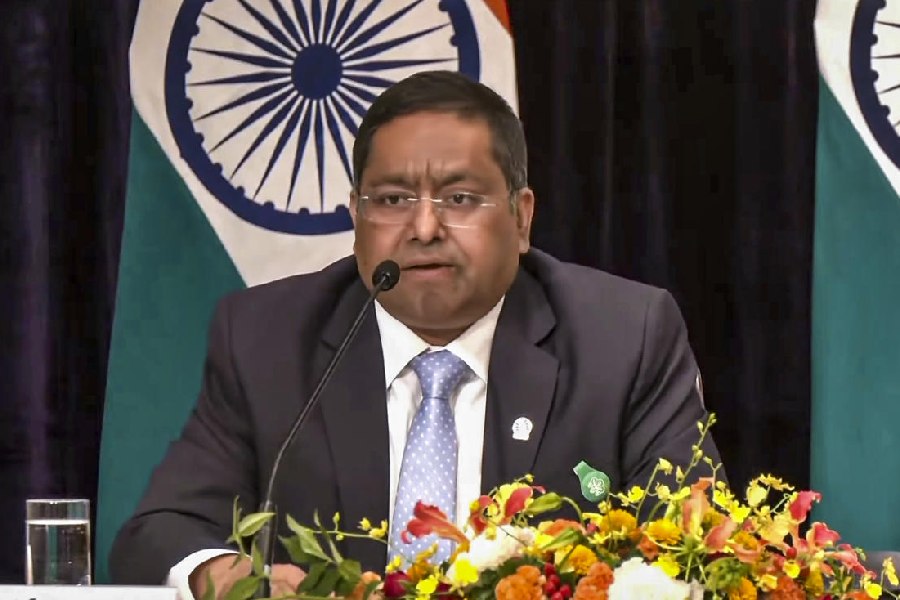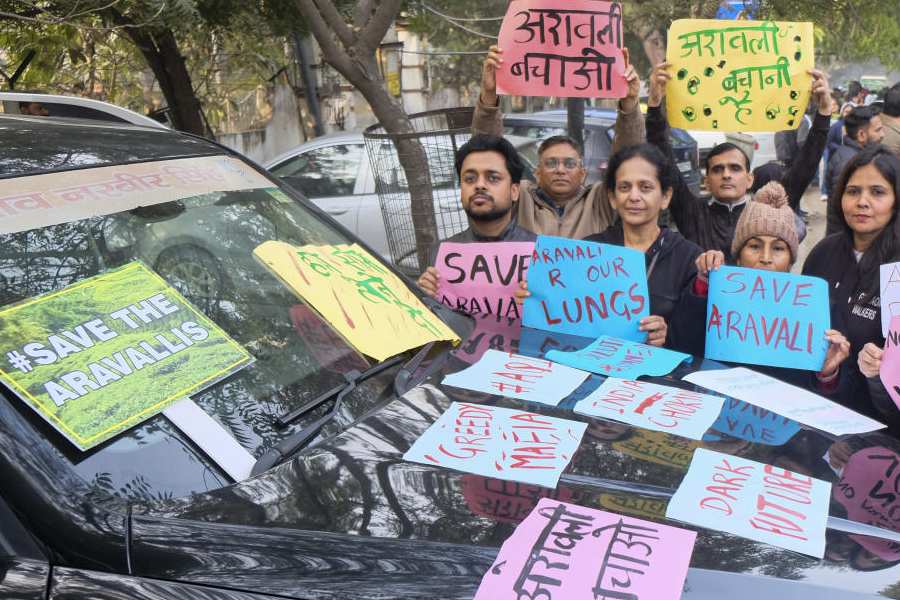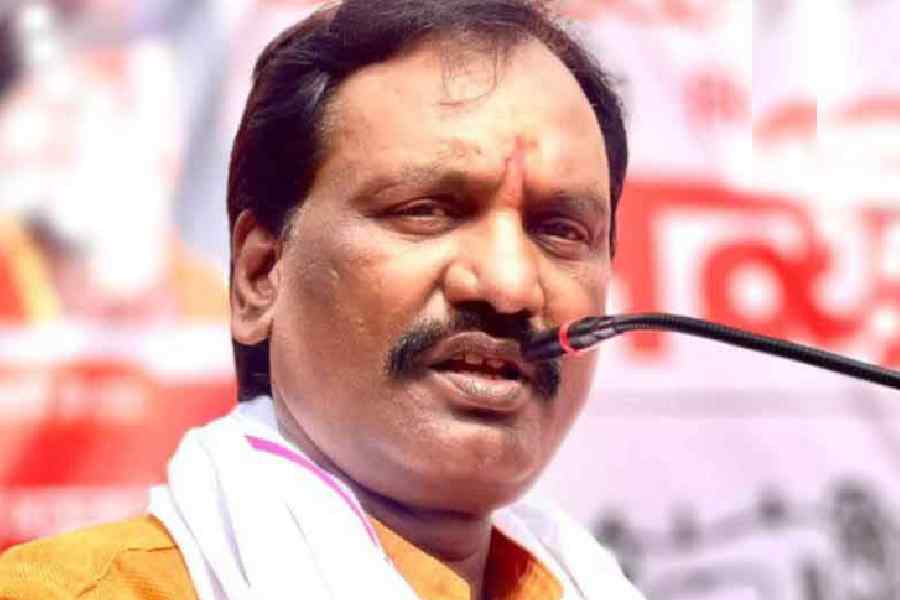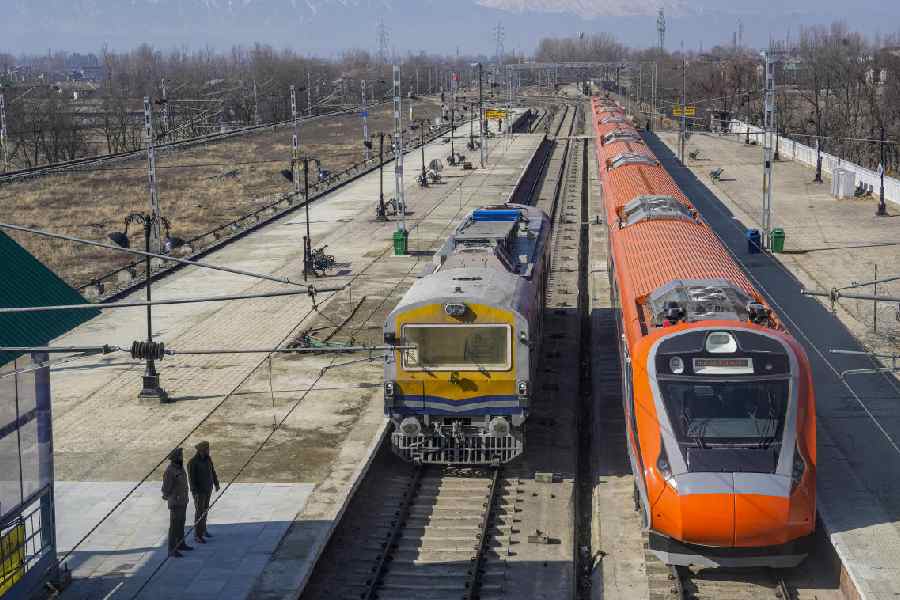This month set the course for fiscal and monetary policies for the upcoming financial year, 2025-26. The budget in the first week of February was defined, amongst other things, by the raising of income threshold for individual taxpayers to support personal final consumption expenditure, which has been falling back. A week later, and in similar alignment, the central bank lowered the monetary policy rate by 25 basis points at its review meeting. Both actions attempt to stimulate the faltering economy. Will the combined thrust counter the growth slowdown, largely believed to be cyclical?
The backdrop to the macroeconomic policy reorientation is well-known. An unexpected slide of real GDP growth to 5.4% at last count (the quarter ended September 2024) set the alarm bells ringing. Mounting anxiety over the weakening spending of households, whose incomes have long lagged the price rise, induced the taxation-led support for consumption. Minding macroeconomic stability, the policy framework is bound by the need to lower public debt for which public investment is to be reset to a slower pace. Therefore, fiscal policy remains contractionary overall.
Efforts to reduce debt and deficits often lead to public investment cuts and, therefore, its prospective slowing is to be expected with a continuous squeeze of spending space. This component has long upheld the economy, especially from 2019-20 to the pandemic and recovery therefrom. Therefore, the waning demand support from public capex leads to a critical dependence upon private consumption and investments — if respectable growth rates are to be achieved, a weakening of the two elements of private demand is ill-affordable. Of these, business investment is significantly influenced by potential consumer demand where the signals need to be more encouraging than they have been.
These are the underpinnings of macroeconomic policy formulation. The curiosity is if it will counter the economic slowdown and firm up the growth cycle.
Offsetting factors exist to be sure, some within and others external. Most are known. What is not is the precise neutralising force of each. Consider the tax relief boost, a likely aggregate of individual choices to spend, save or repay loans with the disposable income freed. Escalated borrowings, including unsecured loans, enormously enabled household spending in the recovery period. The pinch from higher interest rates and tighter macroprudential norms could well induce deleveraging to lower the debt burden at the cost of increased expenditures. Similarly, the falling rate of household savings could tilt choices away from or restrict spending.
The wealth effect from the stock market boom in the same period has not been inconsiderable. Tumbling equity prices could temper this influence on the downside unless the market recovers. Corporate performance, specifically earnings, matters for the rebound where there are doubts about speed and extent. The December quarterly results have shown tepid sales, insignificantly improved from the previous quarter, while profits grew from the tremendous squeezing of costs, including that of employees, sharp cuts in expenses, even as prospective demand guidance has been sobering, especially on the urban side. The fast-moving consumer goods companies, whose stocks have taken a severe battering, remain pessimistic due to inflation and stagnant wages, believing consumers are more likely to save.
Will lower interest rates help? Only if there’s percolation to the borrower-level by banks. Transmission occurs with a lag and then too is not fully passed on as history shows; the small reduction will barely relieve the stress of older loans or monthly repayments on these. For private investment, interest costs outweigh a demand deficiency for products and services, be the source domestic or for exports; the longstanding investment deficit over many up-and-down cycles points to the role of other factors. The spectre of inflation has re-emerged with the significantly depreciated rupee and its persisting downward trend. It has made further monetary easing uncertain besides increasing exchange-rate risks. There are no indications that the currency pressures from foreign capital draining out of the country and dollar strengthening have stabilised.
A favourable policy environment also lifts sentiments; along with expectations about the prospects, these influence spending. According to the Reserve Bank of India’s latest survey, the consumer mood was subdued in January from last November, with deepening gloom about the current situation since April 2024; future expectations plateaued last July and declined moderately. These do not suggest eagerness to buy.
Sentiments are also influenced by the global economic situation, especially businesses. External developments have been staggeringly unpredictable, disruptive, inconsistent, and risky in the past one month. Mostly, but not all, originate from the regular barrage of threats to trading partners, tit-for-tat tariffs, walkouts from valuable bodies, forums, and agreements of multilateral cooperation, unilateral conflict resolving, alienation of longstanding allies and the disruption of alliances, amongst just a few measures, by the new president of the United States of America, Donald Trump. These have created havoc in financial markets, led to currency volatility, and sent the dollar soaring. Countries are on tenterhooks and have been left guessing about retaliatory spirals and disturbances to world trade and supply chains.
India, specifically, has been branded ‘king of tariffs’ by Trump, with pressures to readjust bilateral trade. The budget was proactive in anticipation, lowering some import levies, signalling less protection; political response has followed to mitigate the new and serious risks. However, this is far from over. The uncertainties attached to a fast-changing international order and the configurations are vast and impossible to predict. The net result, not restricted to Indian businesses alone, is a ‘wait-and-see’ attitude. In other words, a pause in business and spending decisions.
Recovering to a faster pace amidst the prevailing domestic weaknesses and in this environment cannot be easy. Expectations from the tax-cut boost are circumspect, with about one-third of the extra disposable income anticipated to reflect in increased consumer expenditure, the interest rate impact subject to many ifs and buts along
with the drag from slower public capex. With the external conditions weighing down, reserving policy space and caution are priorities. We should hope for the best.
Renu Kohli is Senior Fellow, Centre for Social and Economic Progress, New Delhi










